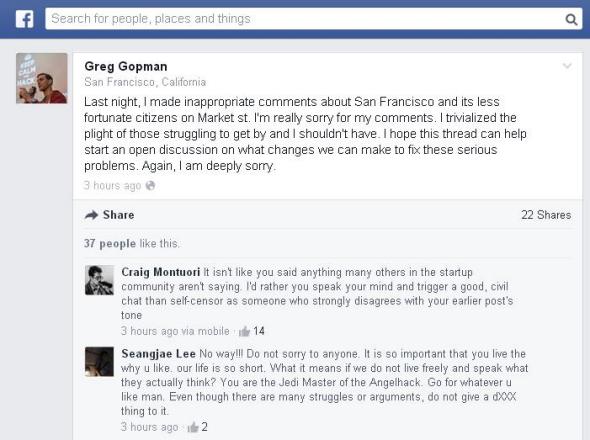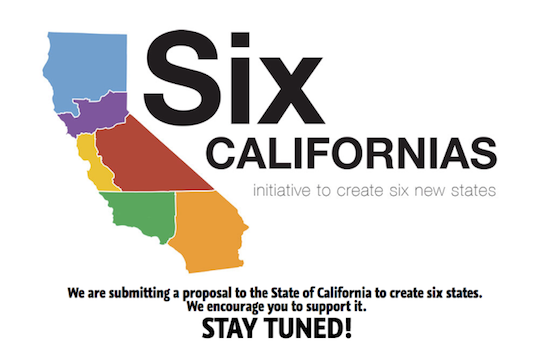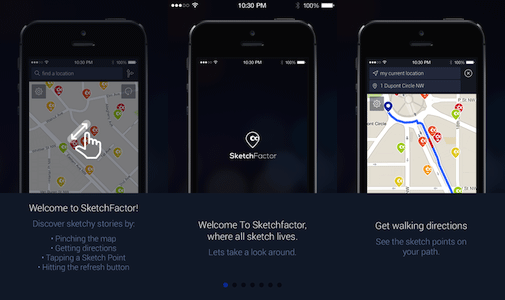While its residents toil away finding brilliant ways of disrupting our lives through groundbreaking technological innovations, Silicon Valley has become a place so ridiculous and prone to self-parody that TV shows mocking it are basically documentaries. But while its culture of extreme hubris mixed with extreme nerdiness may be amusing on its own, combined with the massive amounts of money flowing into the region, a decidedly 21st century form of class tension has emerged in the San Francisco Bay Area.
While this is far from a full examination of the complex socioeconomic implications of this trend, here are five particularly egregious examples of recent class warfare in Silicon Valley.
1. “In Downtown San Francisco the Degenerates Gather Like Hyenas”
Greg Gopman used to run AngelHack, a startup that offers helpful services to other startups like hackathon planning, recruiting, and community management. Unfortunately, he’s not nearly as charitable towards those whose problems can’t be solved with clever coding. Here’s a fun game to play while reading these quotes from his Facebook page: modern day actual human being or cartoon 19th century Charles Dickens villain?
“In other cosmopolitan cities, the lower parts of society keep to themselves. They sell small trinkets, beg coyly, stay quiet, and generally stay out of your way. They realize it’s a privilege to be in the civilized part of town and view themselves as guests.”
“In downtown SF the degenerates gather like hyenas, spit, urinate, taunt you, sell drugs, get rowdy, they act like they own the center of the city, like it’s their place of leisure.”
“I’ve traveled around the world and I gotta say there is nothing more grotesque than walking down Market Street in San Francisco. Why the heart of our city has to be overrun by crazy, homeless, drug dealers, dropouts, and trash I have no clue. Each time I pass it my love affair with SF dies a little.”

He would later go on to apologize in the Facebook post above, but his Facebook friends didn’t seem to have a problem with the distasteful things he said.
2. The Great Google Bus Hoax
With housing near Silicon Valley itself become ever scarcer, many of its employees live in towns up to 40 miles away. So companies like Google began deploying private shuttles to ferry their workers to and from their offices. However, these buses soon became the automobile embodiment of Silicon Valley’s poisonous influence on nearby communities whether it’s obnoxious private use of public services like bus stops, gentrification like skyrocketing rent costs in areas near the stops, or the idea that Google could make the whole thing just go away by throwing some money towards transit for low-income children.
But the whole episode reached a new level of insanity late last year when protesters actually hired an actor to pretend to be a Google employee saying things so horrible they were literally unbelievable, “This is a city for the right people who can afford it. You can’t afford it? You can leave. I’m sorry, get a better job.” And even though protesters later clarified that this was merely an act of “political theater,” the surprisingly large number of people actually fooled by the hoax demonstrates how the fact of Silicon Valley class warfare is now stranger than any fiction.
3. Six Californias

As the continued struggles of Washington D.C. and Puerto Rico have shown us, adding just one more star to the United States flag is pretty tough. But if tech investor Tim Draper had his way we’d be adding five with his “Six Californias” plan. The logic goes like this: California is a huge, densely populated state with lots of disparate groups of people that can’t be effectively served by a single state government. So let’s split it up into six smaller states that can better handle more local issues and concerns.
Sounds reasonable enough, but then start looking at the specifics of the plan. These six new hypothetical Californias would include Jefferson, North California, Central California, West California, South California, and of course, Silicon Valley. Setting aside just how dystopian the idea of Silicon Valley as an actual state with its own license plates and technocratic government would be, the separation would also siphon wealth, political power, and precious resources like water away from poorer areas. Fortunately, the initiative failed to qualify as a 2016 ballot measure, so would-be residents of the great state of Silicon Valley will have to wait to realize their dream of finally freeing themselves from the burden that is the rest of the country.
4. SketchFactor

One of the great successes of modern society, at least here in America, is that we’ve made outright racism mostly unacceptable. If someone were to say something as blatantly awful as “I don’t want to walk through that neighborhood. There are too many black people,” most would agree that’s pretty uncool.
Unfortunately, nowadays it’s as easy as switching to a simple code word to share one’s fear and distaste for “the others.” And there’s even an app for it. SketchFactor uses crowdsourced user data to rank how “sketchy” certain neighborhoods are and determine whether or not to avoid them. However, many worry that by depending on information as reliable as the gut feelings of anonymous Silicon Valley dwellers predominantly minority and lower-income communities will be disproportionately, negatively affected by digital white flight. But don’t take our word for it, download the app yourself and try to spot the institutional racism in action.
5. Tinder Minus Poor People

And finally, continuing the theme of removing inherently inferior people out of one’s life from the comfort of a smartphone screen comes LUXY, self-described as “Tinder minus the poor people.” It’s understandable that people are drawn to those similar to them, and a person’s wealth can definitely make them more or less attractive. But nothing better sums up Silicon Valley’s current mantra of “technology as a tool for class stratification” than an app that strategically plucks out less affluent users looking for love so rich people can get together and have lots of rich babies that dominate the world.
From the LUXY press release: “Who doesn’t want to date somebody both attractive and wealthy? Privately, we all know we prefer to have both of these things. One user said: ‘Tinder was pretty awesome when it came out, but there’s a lot of riff raff on there. I would rather know the guy has a couple bucks in his pocket.’ With the rise of high-speed digital dating, it’s about time somebody introduced a filter to weed out low-income prospects by neighborhood.”
Riff raff.